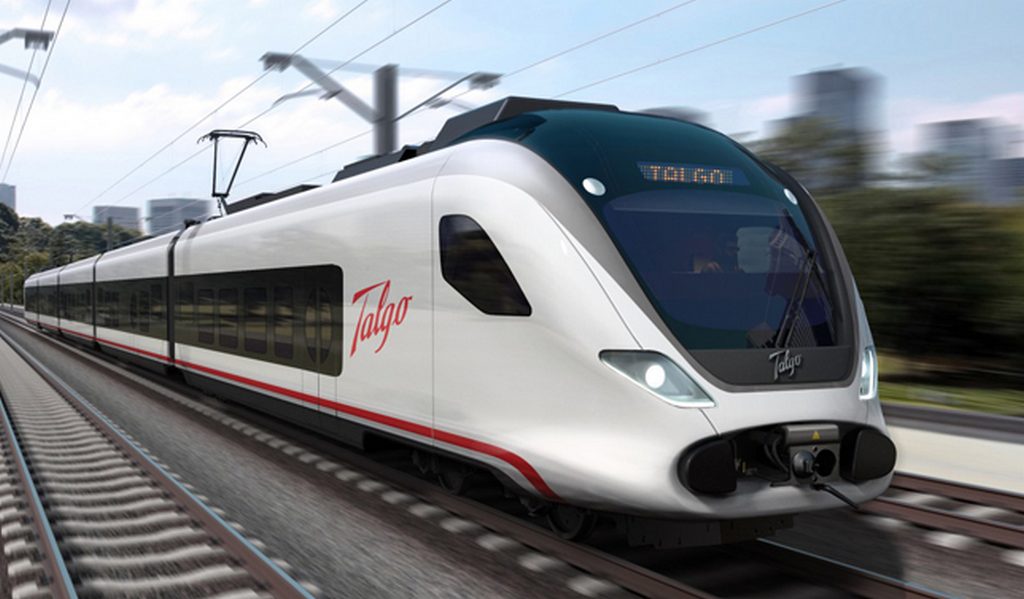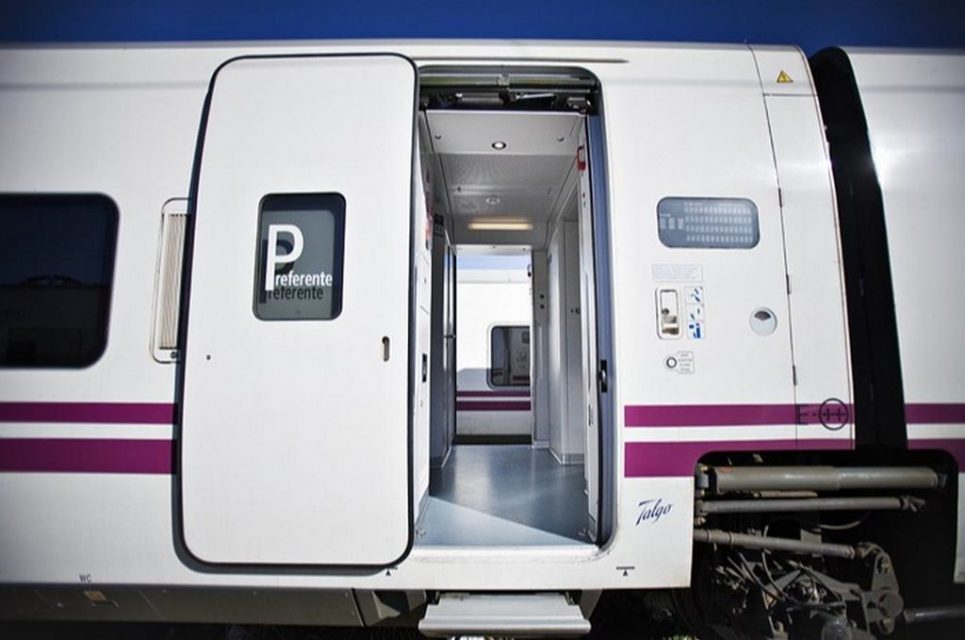
Talgo train could become reality in the next few years and is said to be locally manufactured when becoming fully operational
Talgo, the Spanish train, has successfully completed its test run in India. A distance of 1,384 kilometres has been covered between New Delhi and Mumbai Central clocking a time of 11 hours and 48 minutes. The maximum speed in which the hi-speed train travelled during the trial was 150 kmph. The train was said to have departed from New Delhi at 2.45 pm on Saturday and reached Mumbai Central at 2:33 the next morning.
Impressively within 12 hours the Talgo finished the run because the same distance can be covered by Rajdhani Expess will take around 15 hours and 50 minutes at a maximum speed of 130 km per hour. Before this monumental trial run, five earlier tests were conducted between these two destinations at 140 kmph. The lightweight Talgo train comprising of aluminum coaches with tilting technology has made a strong statement last weekend and is hoped to be added to the Indian Railways in the future.
Also Read: Time Tabled Auto Express Inaugurated from Gurgaon to Nidvanda
Initially, the test was performed on the Bareilly and Moradabad stretch in Uttar Pradesh before Palwal and Mathura section of the North Central Railway had its taste of the Talgo. It was able to achieve faster speeds in stretches and curves and is likely to play a key role in the addition of hi-speed trains to the Indian Railways.
Nine train coaches produced from Talgo brand are able to achieve top-most speed of 200 kmph were shipped from Spain a few months ago. They are estimated to generate 20 percent more speeds than conventional coaches courtesy of tilting technology and are expected to be manufactured locally for future use.
Also Read: Land Rover Discovery Sport Pulls Train Weighing 100 Tonnes
The Railways have suggested modifications to Talgo for their effective use in Indian platforms and could become fully operational before the end of this decade. They were split into two executive class cars, four chair cars, a cafeteria, penultimate power car and a final-end coach for equipment and workers. Reports say Railways are trying to lease coaches initially and could use private companies to obtain coaches for commercial purposes.

